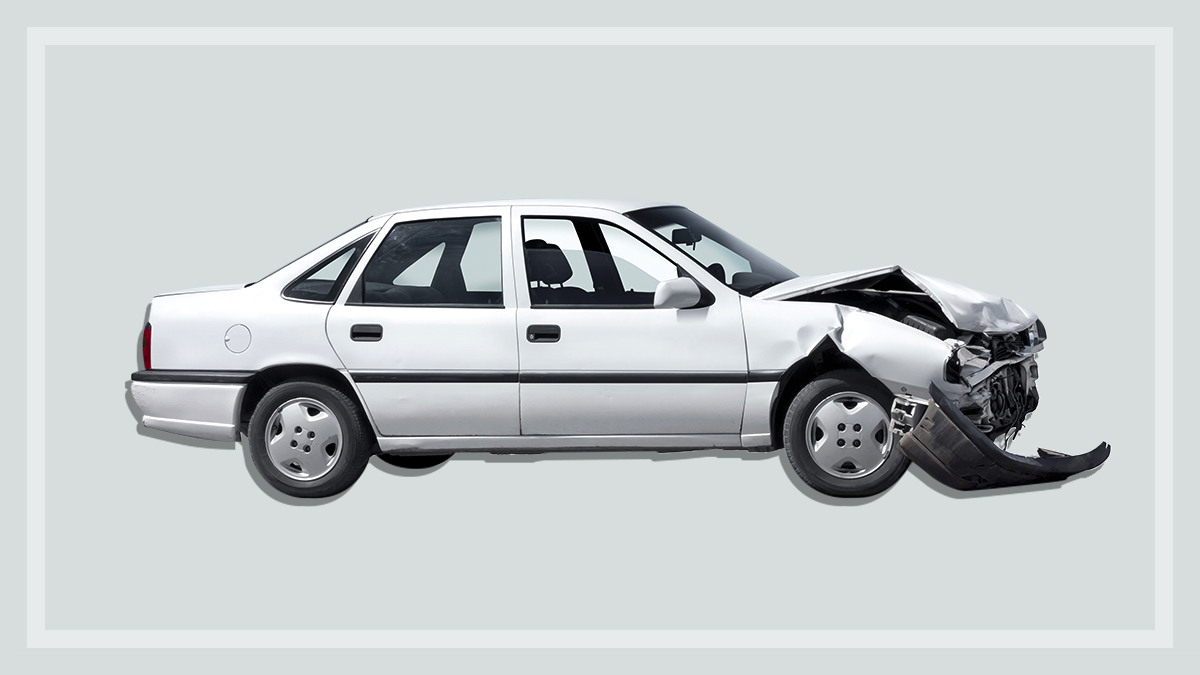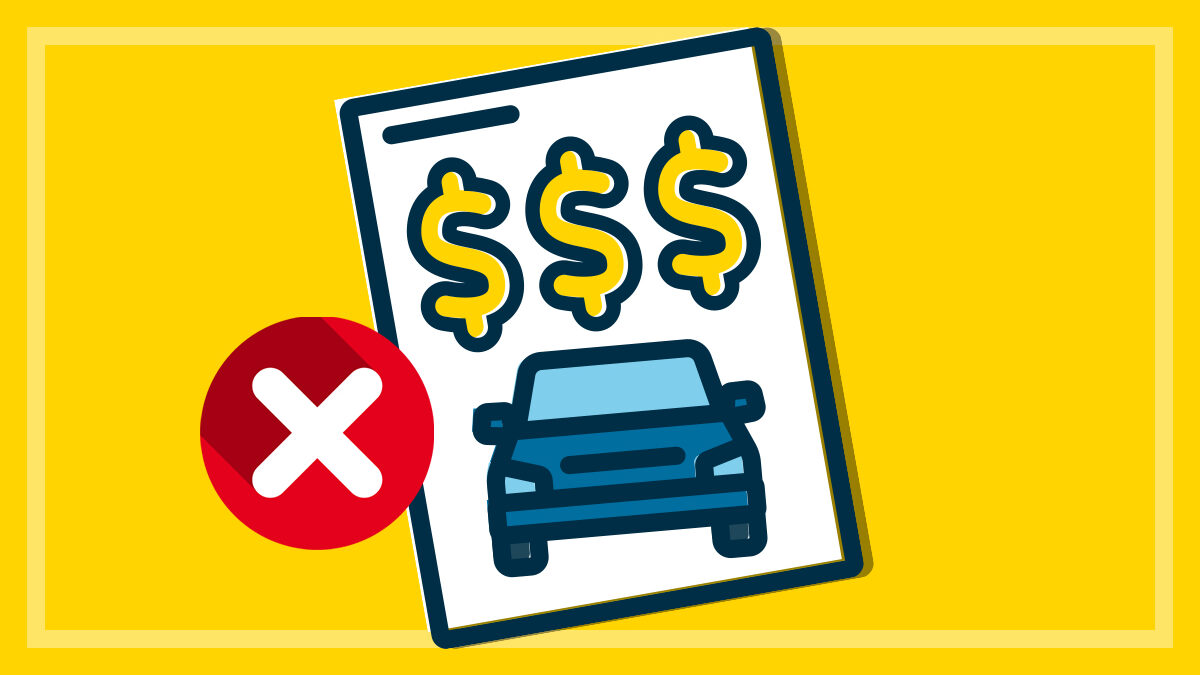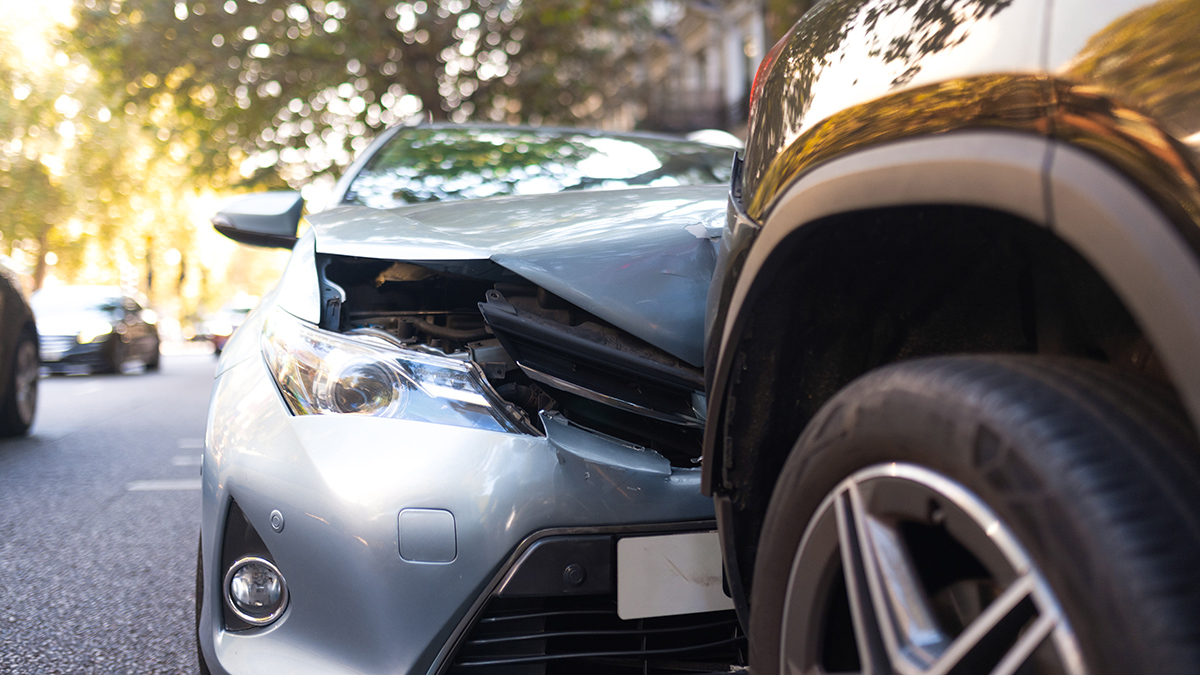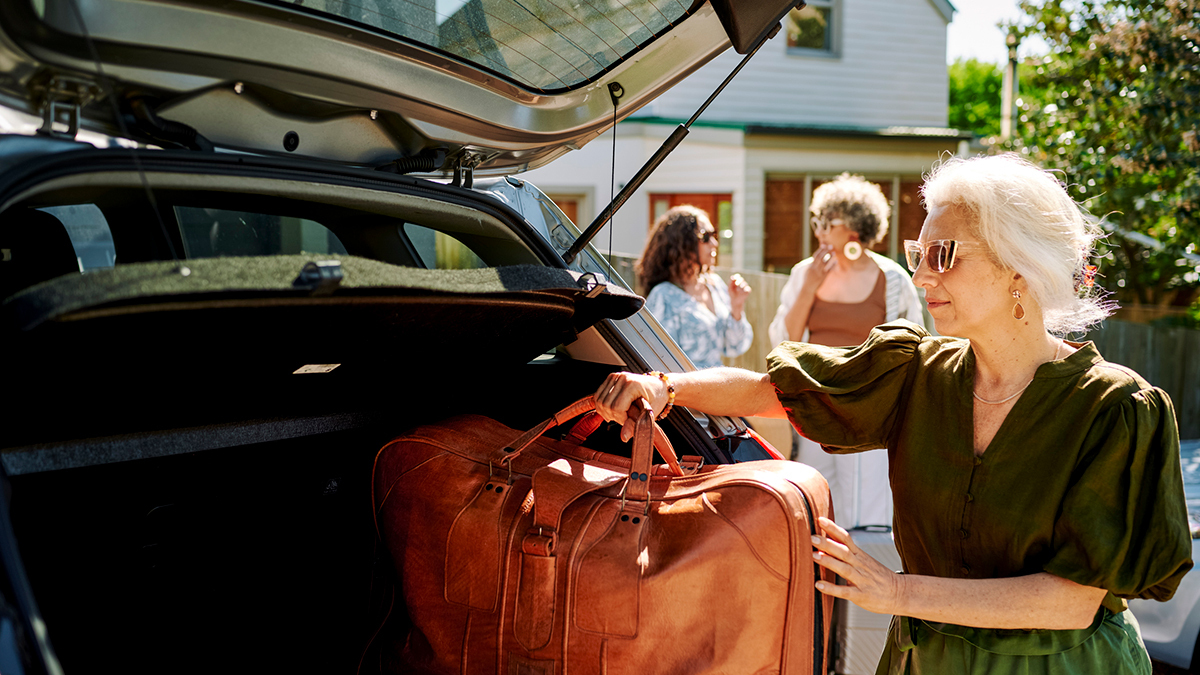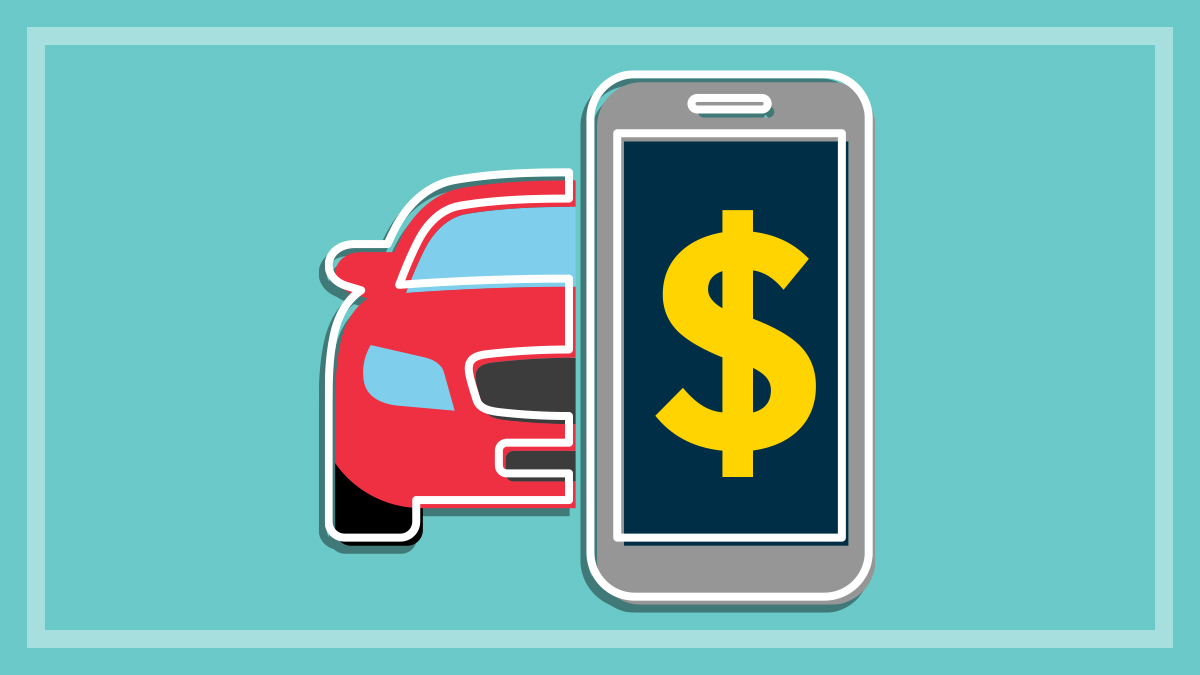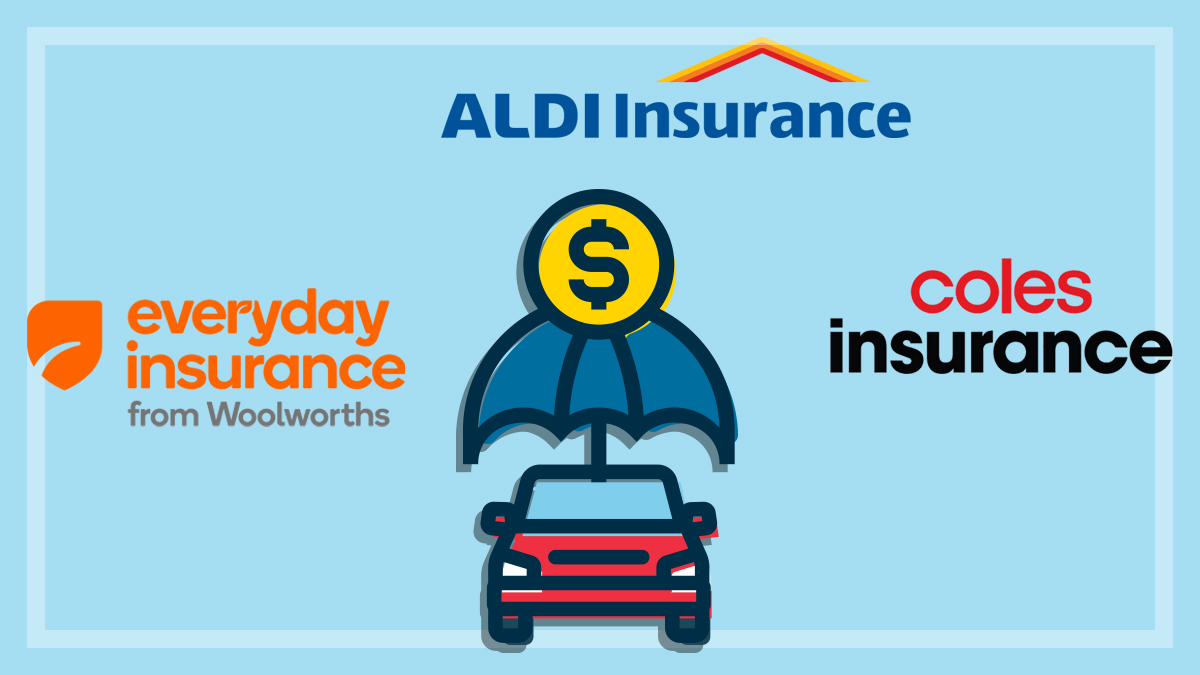Get our independent lab tests, expert reviews and honest advice.
Best car insurance for drivers under 25

Need to know
- Young drivers are often charged higher premiums and an additional excess for car insurance
- It's important to talk to your insurer before assuming you are covered under your parents' policy – there may be conditions to comply with, or a higher premium to pay
- Some insurers charge more than others for young drivers, so it pays to shop around – and check CHOICE reviews
On this page:
- What kind of cover should young drivers have?
- How much does car insurance cost for young drivers?
- Cheapest insurers for young drivers
- How to save on car insurance for young drivers
- Expensive excess for young drivers
- Learning and provisional drivers
Young drivers are considered a high-risk customer by car insurers and they therefore pay the highest premiums of all age groups.
In addition, if you’re under 25 and you drive your parents’ car, it could increase their premiums by a significant amount.
But there are large differences in the premiums and conditions car insurers have for young drivers, so it pays to shop around.
If you’re looking for the best policy, you can use our tool to compare over 50 comprehensive car insurance policies. You’ll save money and get better cover with car insurance policies recommended by CHOICE.
And, unlike other insurance comparison websites, we don’t get paid by any of the insurers we’re comparing. CHOICE is nonprofit, so your membership fees help us fight for fair consumer rights, and empower you to get the best products.
What kind of cover should young drivers have?
- Third party property – Cover for other people’s cars and property damage.
- Third party fire and theft – Cover for other people’s cars and property damage. Plus, cover for your car for theft or fire damage.
- Comprehensive car insurance – Cover for other people’s cars and property damage. Cover for your car for theft, fire, natural disasters, vandalism and accidents, even if you’re at fault.
How much does car insurance cost for young drivers?
Generally, the younger you are and the less driving experience you have, the more expensive your comprehensive car insurance premium will be and the higher the excess you’ll be required to pay if you make a claim.
Car insurance premiums get cheaper the older you are. For example, the average premium for drivers under 21 is $3794, while those aged 21 to 24 will pay an average of $2512. The average drops to $2026 for 25 year old drivers.
Premiums are also more expensive for males under 25 ($3106) compared with female drivers of the same age range ($2531).
Location
Average premiums for young drivers aged 25 and under also vary depending on which state you live in.
Average premiums for young drivers, by state
This infographic shows a bar chart with the average premiums for drivers under the age of 26, by state.
The average premium for the Australian Capital Territory is $2161.
In New South Wales the average is $3362.
In the Northern Territory the average is $2913.
In Queensland the average is $2554.
In South Australia the average is $2612.
In Tasmania the average is $2088.
In Victoria the average is $3614.
In Western Australia the average is $2597.
Note: Average premiums based on a market-representative sample of 28,958 quotes collected in July 2025. Customer profiles varied by vehicle, address, and driver details, with the primary driver aged 25 and under. Quotes were collected at the insurers’ default excess, then adjusted to a standardised excess to permit like-for-like comparisons.
Cheapest insurers for young drivers
If you’re under 25 and driving your own car, you may want only a third party car insurance policy until you have some more driving experience and qualify for cheaper premiums. But, if you drive an expensive car and want to take out comprehensive car insurance, the cheapest insurers for young drivers on average across Australia are:
Our price ratings are based on average premiums. They may not be reflective of your situation. We recommend you get at least five quotes, starting with your regular insurer, and look at policy inclusions, features and excesses.
CHOICE obtains quotes from a third party that collects and sells pricing data to the insurance industry.
Price scores are calculated using a sample of over 33,000 individual quotes, using a market-representative set of 1311 customer profiles in which the main driver is aged 25 or younger. Quotes were collected during July 2025.
Note: Not all companies provide quotes. IAG (NRMA, RACV, Rollin’ and others) Auto & General (Budget Direct, ING, Qantas, Virgin Money) and Youi don’t currently participate.
How to save on car insurance for young drivers
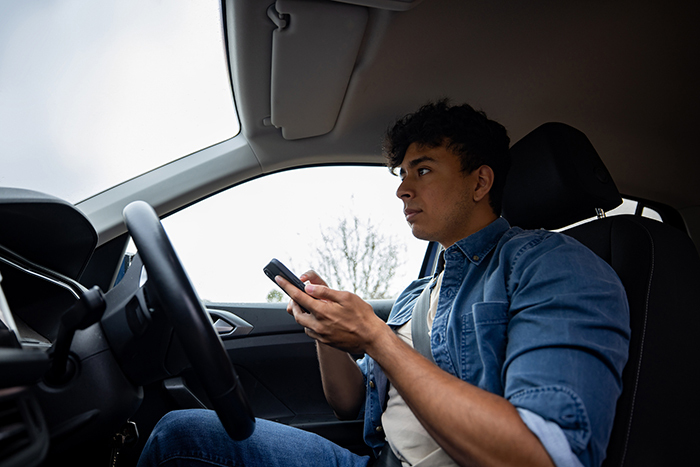
- Shop around – premiums for listed young drivers and young drivers driving their own car can vary widely.
- Choose a car insurance policy recommended by CHOICE. Not only will you get better features, but they are cheaper on average than other policies.
- Buy your car insurance online to make use of online discounts.
- Don’t buy a high performance car as it’ll be more expensive to insure.
- Pay your full annual premium – some insurers charge you more if you pay monthly.
- Don’t modify your car.
- Sometimes you can get discounted premiums if you install an anti-theft device such as an alarm or immobiliser.
- Some insurers, like AAMI, will give you a discount if you do their skilled driver training course.
- Increase your excess – but be aware of any extra young driver excesses that may apply.
- Depending on the value of your car, it may be worth only taking out only third party cover instead of more expensive comprehensive car insurance.
Expensive excess for young drivers
If you have an accident driving your parents’ car, you may be up for a large additional excess. There are a number of excesses that may apply, depending on your policy, including:
- standard excess
- young driver excess – which can apply to drivers up to 24 years of age and may be more expensive for drivers under the age of 21. (This often does not apply to learner drivers)
- inexperienced driver excess – usually for drivers with less than two years’ driving experience on a full license (time as a learner driver or P-plate driver doesn’t count). It may only be applied if the driver is over 25, so when a young driver excess no longer applies.
- unlisted driver excess
- learner driver excess.
This can add up, as more than one excess might apply. For example, if a 20-year-old has an accident, is not listed on the policy and still on their Ps, an excess of up to $2800 can apply, which might include:
- $800 standard excess
- $1200 young driver excess
- $800 unlisted driver excess.
Learning and provisional drivers

Learner drivers
It’s important that parents talk to their car insurer first to make sure their car is covered before they use it to start teaching a learner driver.
Some car insurers, such as Budget Direct, require adding a learner driver to the policy, while others, like NRMA, AAMI and GIO, don’t require any changes to the car insurance for supervising a learner driver.
But, if the learner driver is the registered owner of the car, the car insurance policy needs to be in their name.
P-plate drivers
If you’re a P-plater and only drive your parents’ car occasionally, check with the car insurer if you’re covered or whether you need to be listed on the policy.
If you have your own car or are the main driver of a parent’s car, then the car needs to be insured in your name. If you insure it in your parents’ name to save money, this can technically be seen as insurance fraud, meaning your car insurance policy could be invalid and your claims might be knocked back.
Young driver road crash statistics
Sadly, young drivers (under 25 years) represent one-quarter of all Australian road deaths, but are only 10–15% of the licensed driver population. And the youngest road users are most at risk. A 17-year-old driver with a P1 license is four times more likely to be involved in a fatal crash than a driver over 26 years.
Speeding is the main cause of road fatalities of young drivers.

